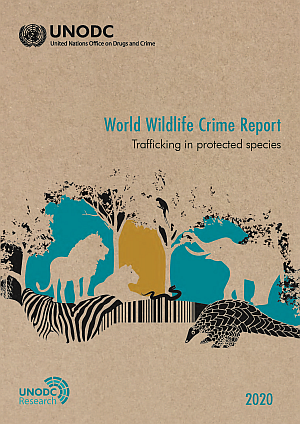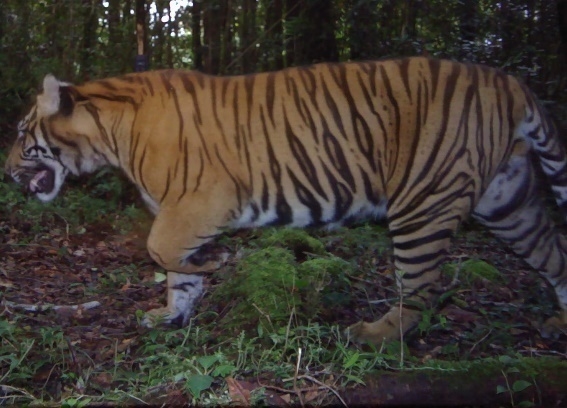Abstract Costs of large predator conservation may not be equitably distributed among stakeholders; these include farming communities, tourism business owners and visitors. Financial redistribution mechanisms based on accrued benefits and...
Read More
Site Information



